Germany. The Fatherland.
Family Roots
In the fall of 1941, William McCready, an Irishman from East Orange, New Jersey, married a young German girl named Marian Heidrich at a small church in Montclair. Together they raised three children: Ellen Elizabeth, John Harold, and Karen Diana—my mother.
I’ve always been fascinated by my family’s history. In the small, sleepy cemetery up the lane from my farmhouse in Bretzville, Indiana, rests much of that young German girl’s family. As a child, I remember my mom leading me from headstone to headstone, explaining the links I had with these people at eternal rest, sharing stories passed down for generations.
There was Aunt Meta Partenheimer, the beautiful daughter of Philip and Wilhelmina, who died tragically young of tuberculosis in the upstairs bedroom of the old family farmhouse. Or great-grandfather Jacob Bretz, son of Phillip and Annie, the pioneering German farmer who gave his name to the small Indiana town where they settled.
These stories left an impression on me. Those eerie black-and-white photographs on our farmhouse wall were suddenly more than images; they were real people who had lived, worked, and struggled—made tangible by their names carved in stone.
Crossing the Atlantic
In the early 1800s, my German ancestors, like thousands of others, set sail for America. They left from ports such as Rotterdam, Le Havre, and Antwerp—likely the largest cities they had ever seen—before enduring weeks at sea to reach New York Harbor.
I’d like to imagine them being greeted by the Statue of Liberty, but they arrived forty years too early. Instead, they were met with smog, long queues at the immigration office, and the harsh realities of starting over.
The Germany they left behind was fractured—a loose confederation of sovereign states, my family hailing from the Dukedom of Hesse. Inspired by the American and French revolutions, Europe’s peasants were restless, eager to escape the grip of dukes and lords. A plot of land in young Indiana was enough to draw them across the ocean.
For years I wondered what they had left behind, and why. I could picture the fields of Indiana as they once saw them, or the wagon ruts that crisscrossed our woods. But I couldn’t picture the country they abandoned—until I finally returned to see it for myself.
Through Bavaria
Though my roots lay in western and central Germany, far from Bavaria, each small town we passed in the south looked like the gingerbread villages of my imagination. Fairy-tale houses, rolling fields, church steeples—it wasn’t hard to imagine my ancestors walking such streets centuries ago.
For me, the draw of Germany wasn’t its powerhouse economy or its avant-garde cities. It was the countryside: hardworking farmers in green fields, villages with centuries of history, and the rhythm of life that has always sustained this land.
Driving north from Innsbruck into Germany, I soaked in the scenery until we reached Munich. Then the pace changed. Our VW Polo topped out at 110 mph, but on the Autobahn that wasn’t nearly enough to keep BMWs from flying up behind me like I was standing still. The days of leisurely drives through farmland were over.
A Familiar Landscape
Germany’s beauty struck me: mountains, farms, endless green. Coming from Denver and Las Vegas, such lushness was a revelation. But it also stirred pride. This was where my family once called home. And it made me wonder what America must have seemed like to them, to leave such a place for the unknown.
One thought comforted me. The rolling hills of southern Indiana are not altogether unlike Bavaria. Perhaps when my ancestors arrived in Indiana, they found a small piece of home after all. And driving through Bavaria centuries later, I felt a little of that same connection.

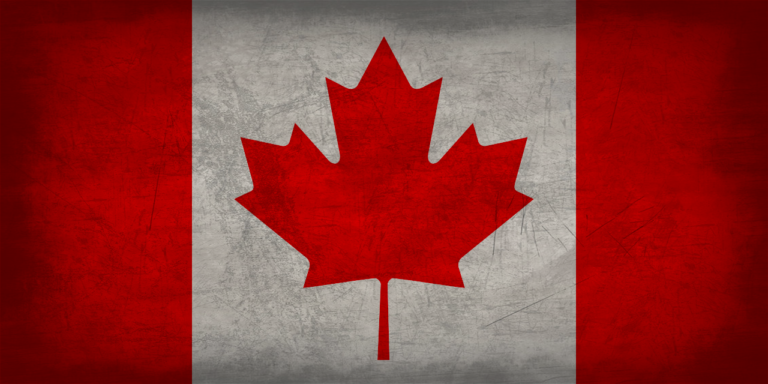
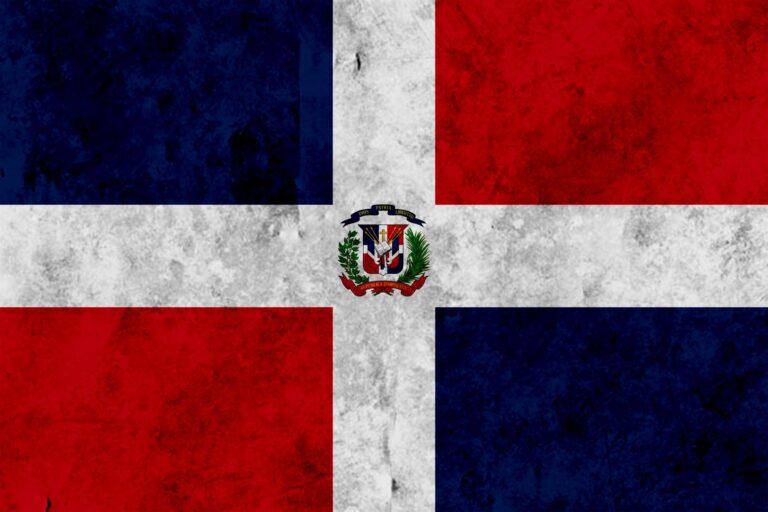
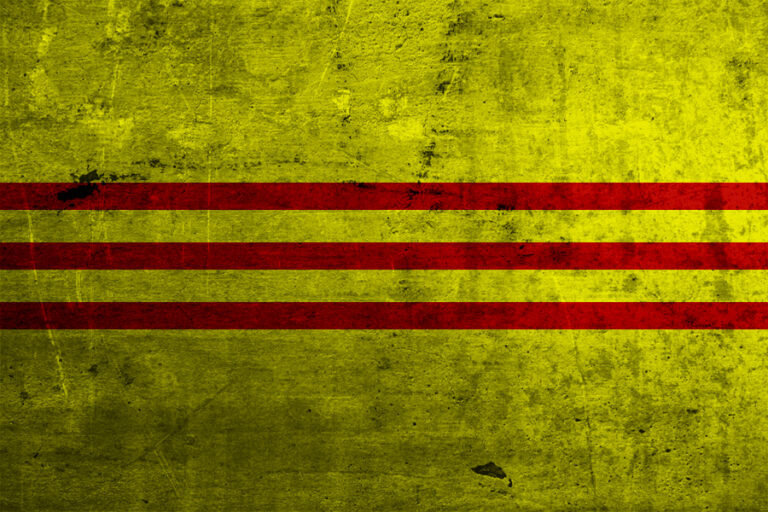

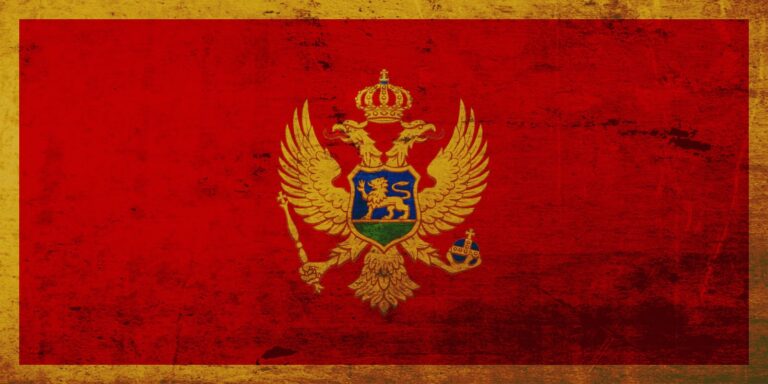
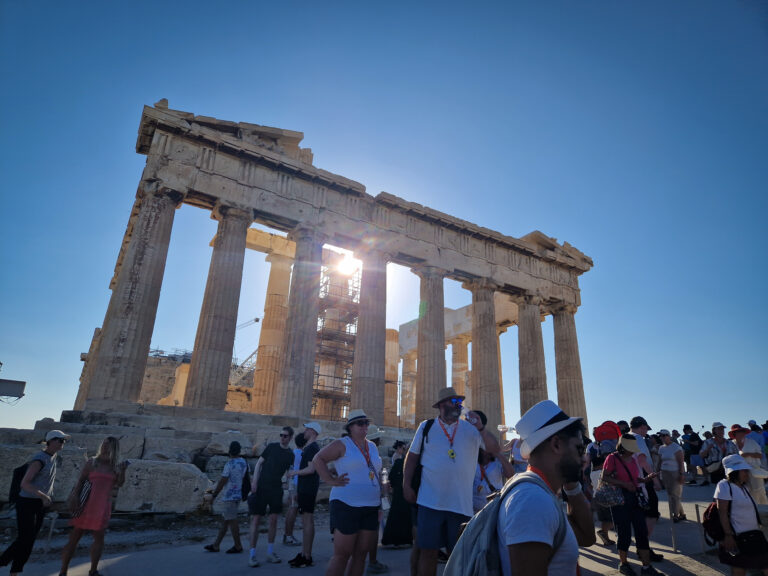

Meta Partenheimer was my grandfather Elmer William Moenkhaus’ first cousin. Thank you